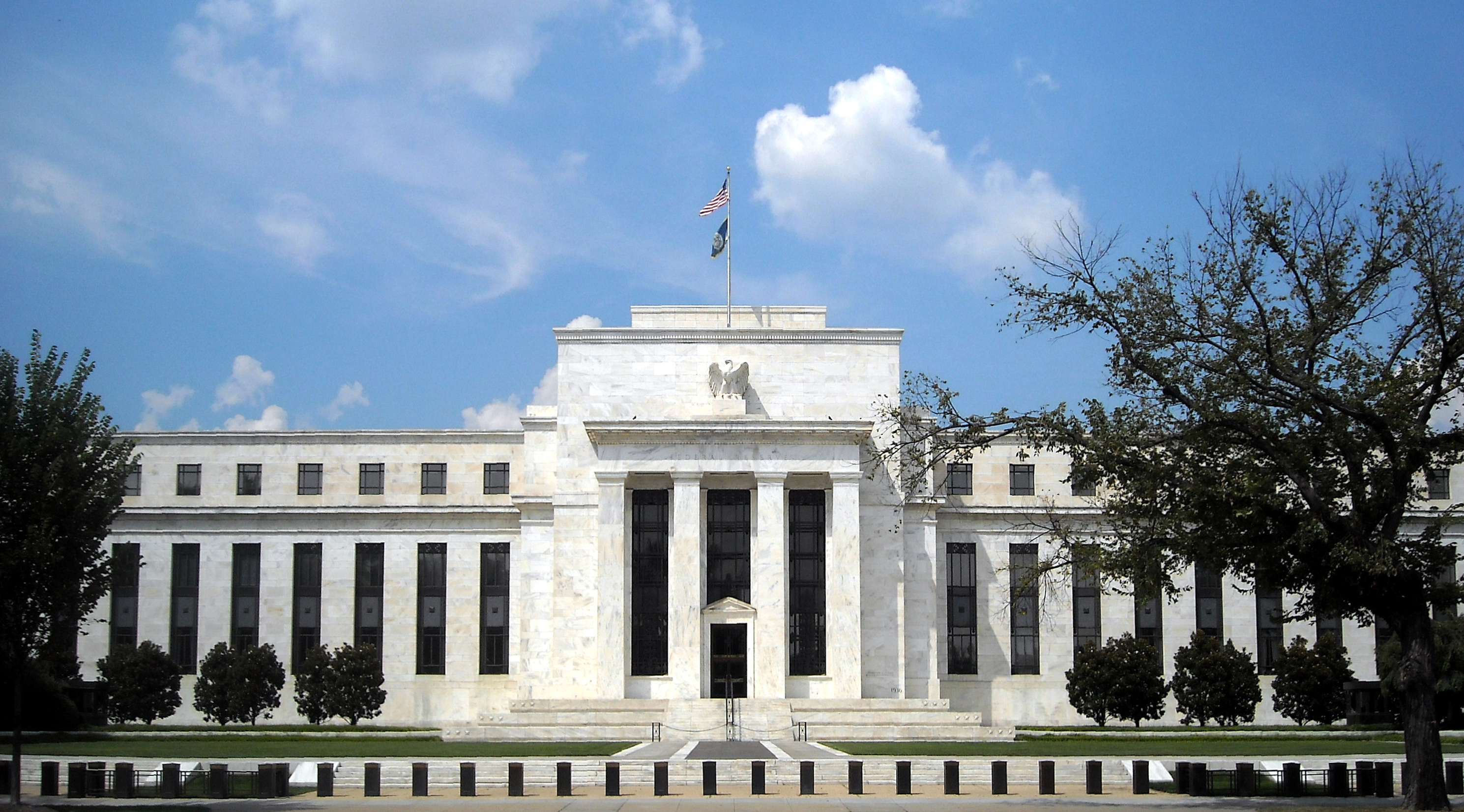
The Federal Reserve Open Market Committee (FOMC) that determines U.S. monetary policy met in July. Its job is to weigh the state of the American economy, both the labor market and inflationary pressures to set policy. In an interesting note, its discussion of the labor market explicitly noted the condition of the African American and Hispanic unemployment rates. More than just an aside, reflecting on the status of June’s labor market the minutes of the meeting show the following note:
“The unemployment rates for African Americans and for Hispanics stayed above the rate for whites, although the differentials in jobless rates across the different groups were similar to those before the most recent recession.”
While it is good the FOMC notes the damage its policies may be doing to the African American community, it unfortunately appears too simplistic in understanding the dynamics of the market and how the growth in labor demand affects the African American community. It is simplistic because it appears to say that nothing has changed; that while the African American unemployment rate of 8.6% was on par with its pre-recession level of 8.4% in March 2007, when the white unemployment rate was 3.8%, little different than June’s 4.3%. This suggests, the relative position of African Americans is fixed, immutable by macro-economic dynamics, so this lamentable gap corresponds to the best level of African American unemployment that can be reached. In short, we must be near full employment.
Here is what the June report showed in detail. The unemployment rate for adult African Americans (older than 25) with Associates Degrees was 3.0%, well below the unemployment rate for white high school graduates 4.2% rate. This was a first since the recession began, for better educated African Americans to have unemployment rates lower than less educated whites. In July 2015, African Americans with Associate Degrees had a 4.8% unemployment rate compared to white high school graduates lower 4.4% rate.
Further unnoticed, is that at the depths of the labor market downturn, the employment-to-population ratio for African Americans (the share of people with jobs) fell to 51.0% in July 2011, but had grown by June to 56.1%, a five percentage point gain, but a 10% increase. For whites, on the other hand, the EPOP had grown only from 59.3% to 60.2%, less than one percentage point.
So, the change in unemployment rates is deceptive. The African American unemployment rate is improving on a strong growth in employment and in the relative improvement resulting from less discrimination in hiring. That success has further encouraged the rise in labor force participation for African Americans; which has the perverse effect of fighting against a lower unemployment rate, because it increases the number looking unsuccessfully.
The problem for African Americans is that they face much higher probabilities of enduring long spells of unemployment. African Americans, of the same educational attainment and with the same cognitive skill levels (the so-called test score gap often mistakenly attributed as a measure of inferior schooling) as whites, face a fifty percent greater chance of being thrown into a long spell of unemployment. And, once having fallen into that labor market quicksand, face about a third less chance of escaping. The result is that massive levels of unemployment, like the Great Recession spawned, result in a very long queue of unemployed African Americans. That long line can only clear by a similarly long and sustained recovery to pluck the unemployed back among the employed.
Put it simply, the unemployment rate is a snapshot composed of the probability of becoming unemployed plus the inability to escape unemployment; so it is a much more complex picture when large numbers of people are unemployed for long periods, as they are more likely to be captured by the snapshot. When unemployment spells are very short, people move out of the frame before the snapshot can be taken.
The unemployment gap is not one of skill, it is the very real and present discrimination prevalent in a labor market where demand for workers is low and the power and caprice of employers is high. The relative size of the gap can change, if policies push beyond conventional measures of unemployment and underutilization of workers; it is possible to see another answer is possible.
So, it is good that the FOMC at least is aware that macro-economic policies can have a good or bad effect on African Americans. The next step is for the FOMC to further understand how much a difference it can make.
This is not just important for African Americans. It is important for the health of the national economy. First, everyone benefits if we push the labor market to its true and full level of maximum employment; it means more jobs and opportunities for everyone.
Second, because the African American community has such little wealth, when the economy expands, it is a community very sensitive to the interest rate movements and credit availability to catch-up on purchases like cars and making home improvements. These purchases are fueled by rising employment opportunities and the easing of credit when the FOMC acts to lower interest rates and stimulate economic growth. But, in such a leveraged position, it means that a slowing economy and the loss of jobs quickly turns auto loans and home borrowing into severe household balance sheet nightmares. Those bad effects spill over to the broader the economy.
Since African American employment is more sensitive to a slowing economy, it means the FOMC has to get it right about understanding when African Americans have reached full employment. So far, they have consistently guessed at a number that is too high, ending labor market recoveries too soon—and economic expansions too soon for everyone.

